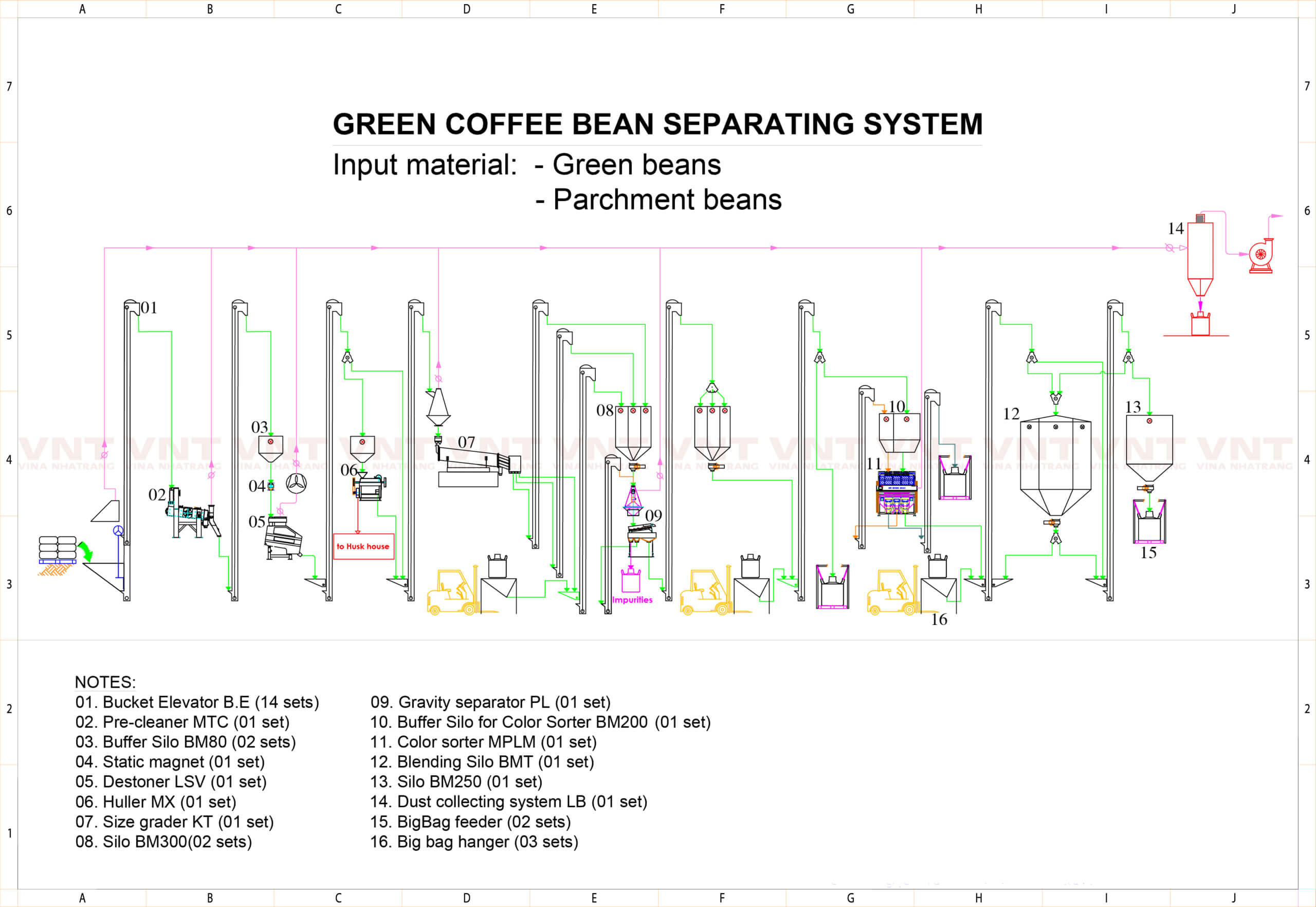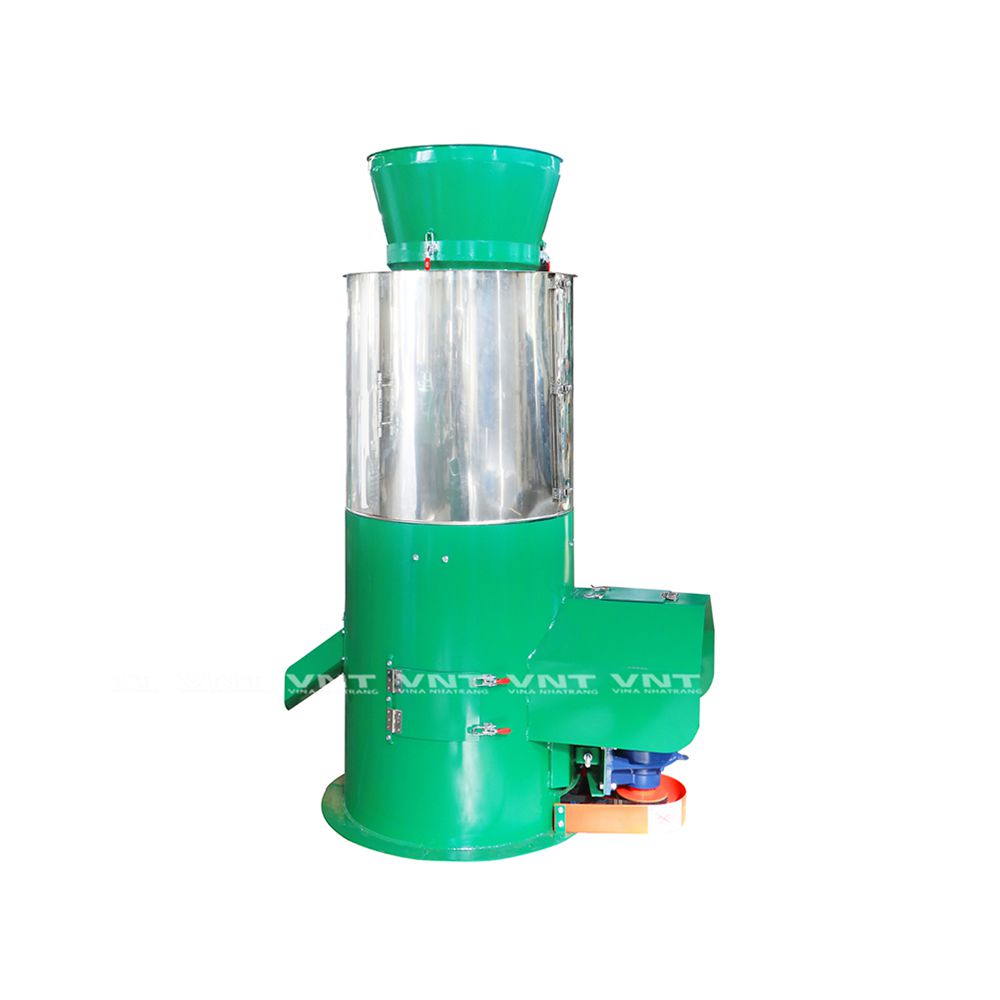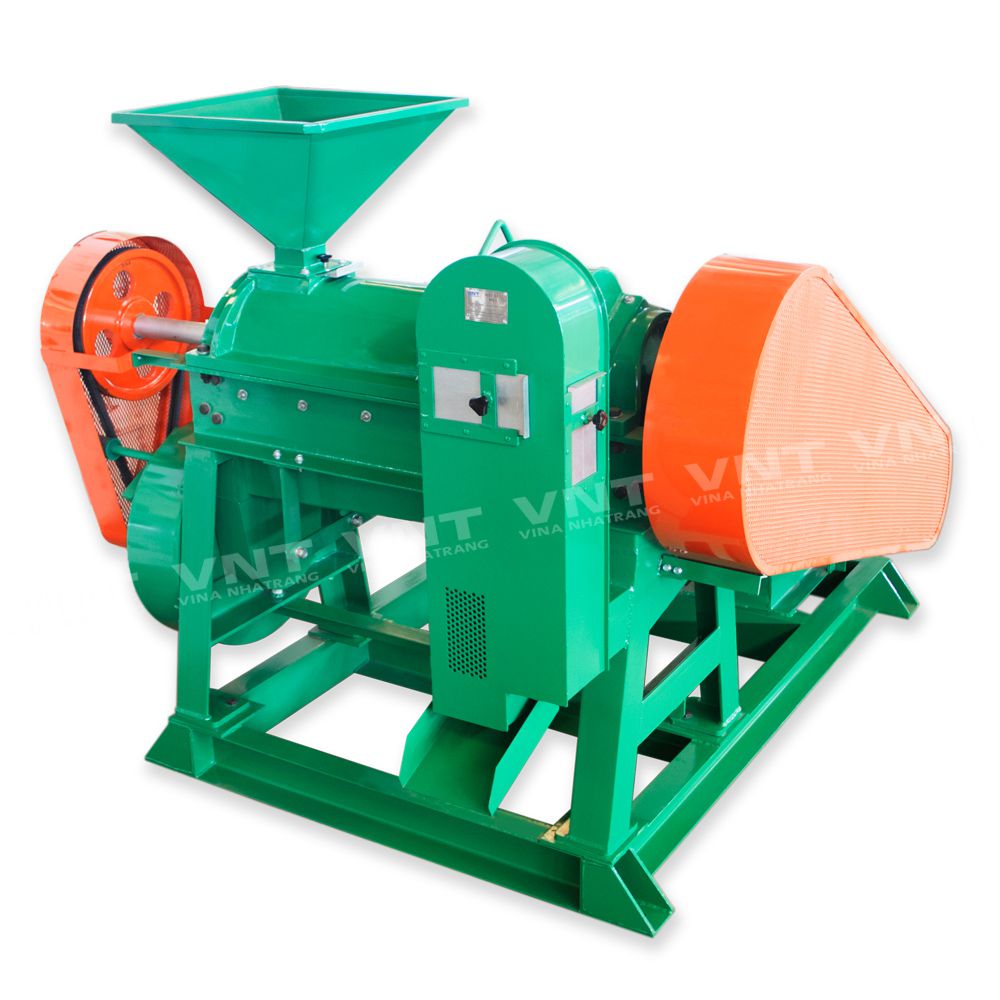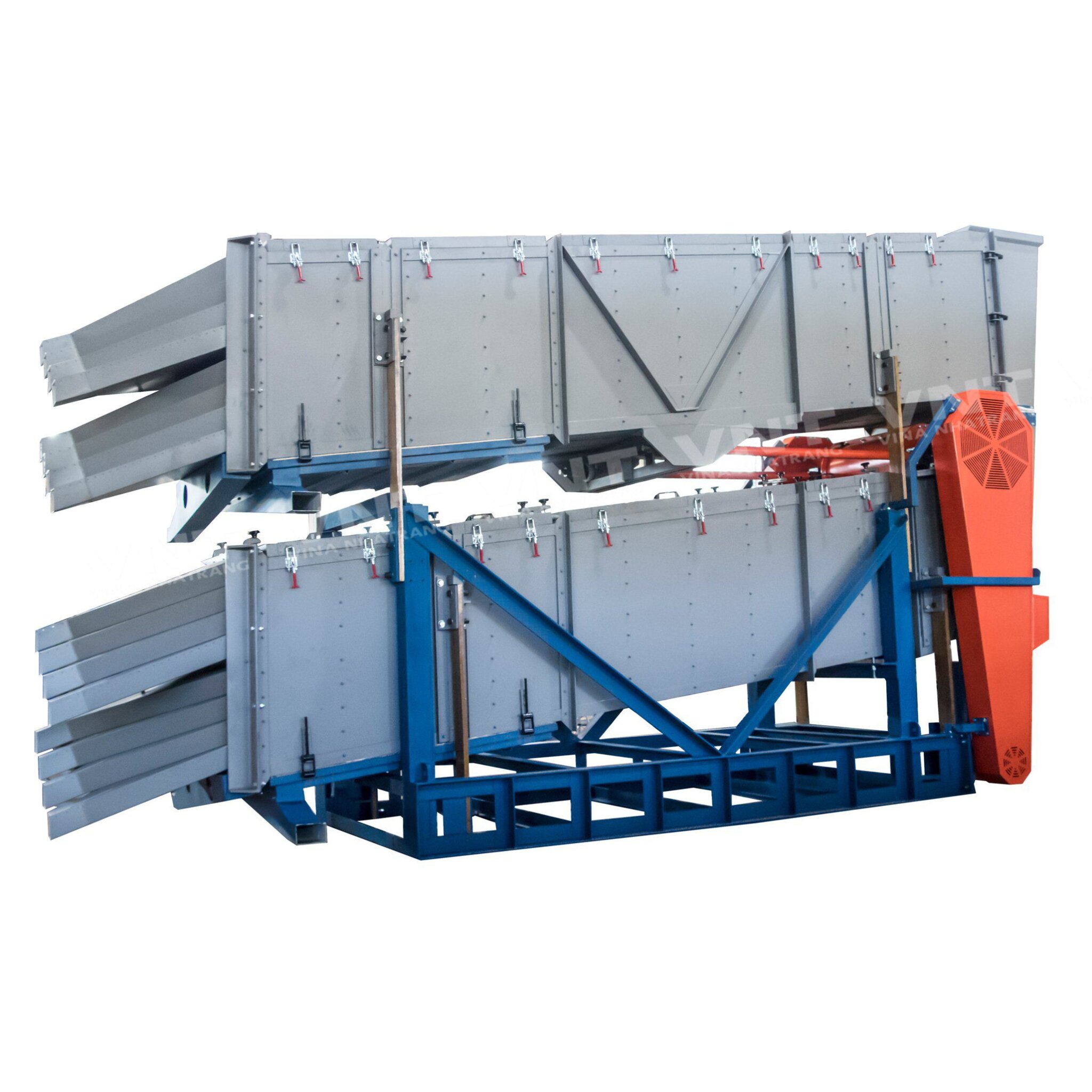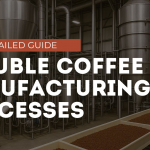The green coffee processing system is a critical part of the coffee production chain, transforming freshly harvested coffee cherries into the green coffee beans that are eventually roasted and brewed into the beloved beverage we all enjoy. Understanding the key components of this system is crucial for efficient and consistent coffee processing, ensuring that the final product meets the highest quality standards. In this comprehensive guide, we’ll explore the essential elements of the green coffee processing system and their roles in producing exceptional coffee.
1. Pulping Machines
Pulping machines are the first step in the green coffee processing system, responsible for removing the outer skin and pulp from the coffee cherries. This process leaves the coffee beans enclosed in a sticky, parchment-like covering, known as the mucilage. There are various types of pulping machines, including:
- Disc Pulpers: These machines use a series of rotating discs with sharp teeth to tear away the outer layers of the coffee cherries.
- Horizontal Pulpers: Featuring a horizontal drum with a rough interior surface, these pulpers rely on friction and pressure to remove the pulp.
- Vertical Pulpers: Similar to horizontal pulpers, these machines use a vertical cylinder with an abrasive surface to pulp the coffee cherries.
When selecting a pulping machine, factors such as capacity, efficiency, and maintenance requirements should be carefully considered to ensure optimal performance and longevity.
Find out more about VNT’s Coffee Pulper Machine
2. Fermentation Tanks
In the wet processing method, fermentation tanks play a crucial role in breaking down the remaining mucilage surrounding the coffee beans after pulping. During fermentation, enzymes and microorganisms help dissolve the sticky mucilage, allowing for easier removal during the washing stage. Fermentation tanks can be made from various materials, including:
- Concrete Tanks: Durable and cost-effective, concrete tanks are a popular choice for fermentation.
- Stainless Steel Tanks: While more expensive, stainless steel tanks offer excellent corrosion resistance and easier cleaning.
- Tiled Tanks: These tanks feature a tiled interior surface, providing improved drainage and heat retention.
When choosing fermentation tanks, factors such as capacity, temperature control, and drainage systems should be evaluated to ensure optimal fermentation conditions and efficient processing.
See how Fermentation Tanks plays out in VNT‘s Wet Coffee Processing System
3. Washing Channels and Tanks
After fermentation, the coffee beans must undergo a thorough washing process to remove any remaining mucilage. Washing channels and tanks are essential components in the wet processing method, ensuring that the beans are thoroughly cleaned and prepared for drying. These components can take the form of:
- Concrete Channels: Long, sloping channels made of concrete that allow water to flow over the fermented beans, washing away the mucilage.
- Tiled Tanks: Similar to fermentation tanks, tiled tanks can be used for washing, providing improved drainage and ease of cleaning.
When designing washing channels and tanks, factors such as water flow, drainage, and cleaning and maintenance procedures should be carefully considered to ensure efficient and effective washing.
The Mucilage Remover Machine is used to remove the mucilage after fermentation process in VNT’s Wet Coffee Processing System
4. Drying Systems
Drying is a critical step in both wet and dry processing methods, ensuring that the coffee beans reach the desired moisture content for optimal storage and transportation. There are several types of drying systems used in the green coffee processing system, including:
- Raised Beds: Traditional drying beds made of concrete or clay, where the coffee beans are spread out and dried by the sun and air.
- Mechanical Driers: These driers use forced hot air or heat exchangers to dry the coffee beans in a controlled environment.
- Solar Driers: Utilizing the power of the sun, solar driers feature transparent roofs and ventilation systems to efficiently dry the coffee beans.
When selecting a drying system, factors such as capacity, energy efficiency, and climate considerations should be taken into account to ensure consistent and effective drying.
Here is the list of the best Agricultural Drying Systems
5. Hulling Machines
Once the coffee beans are dried, the next step is to remove the remaining outer layers, such as the parchment or husk. Hulling machines are essential components in the green coffee processing system, facilitating this process. The two main types of hulling machines are:
- Vertical Hullers: These machines use a vertical cylinder with an abrasive interior surface to remove the outer layers through friction and pressure.
- Horizontal Hullers: Similar to vertical hullers, horizontal hullers use a horizontal drum with a rough interior to hull the dried coffee beans.
When choosing a hulling machine, factors such as capacity, efficiency, and maintenance requirements should be evaluated to ensure optimal performance and longevity.
See how the Huller & Polisher Machine is used in VNT’s Green Coffee Processing System
6. Sorting and Grading Equipment
After hulling, the green coffee beans undergo sorting and grading to ensure consistent quality and remove any defects or impurities. Sorting and grading equipment plays a vital role in this process, utilizing various technologies to assess and separate the beans based on specific criteria. Common types of sorting and grading equipment include:
- Density Sorters: These machines separate the beans based on their density, removing any defective or underdeveloped beans.
- Color Sorters: Utilizing advanced optical sensors, color sorters identify and remove off-color or discolored beans.
- Size Graders: These machines separate the beans based on size, ensuring uniformity and consistency within each batch.
When selecting sorting and grading equipment, factors such as accuracy, capacity, and ease of use should be considered to ensure efficient and precise sorting and grading operations.
See how the Sorting and Grading Equipment is used in VNT’s Green Coffee Processing System
Conclusion:
The Green Coffee Processing System is a complex and intricate series of components working together to transform freshly harvested coffee cherries into the high-quality green coffee beans that are the foundation of our beloved beverage. From pulping machines and fermentation tanks to drying systems, hulling machines, and sorting and grading equipment, each component plays a crucial role in ensuring efficient and consistent coffee processing.
Understanding the key components of the Green Coffee Processing System is essential for coffee producers and processors, allowing them to make informed decisions and invest in the appropriate equipment to meet their specific needs and quality standards. By carefully considering factors such as capacity, efficiency, and maintenance requirements, coffee producers can optimize their processing systems and deliver exceptional green coffee beans to the global market.
Whether you’re a seasoned coffee professional or exploring the world of coffee processing, recognizing the importance of these key components will help you appreciate the intricate journey that coffee beans undergo before reaching your cup.
